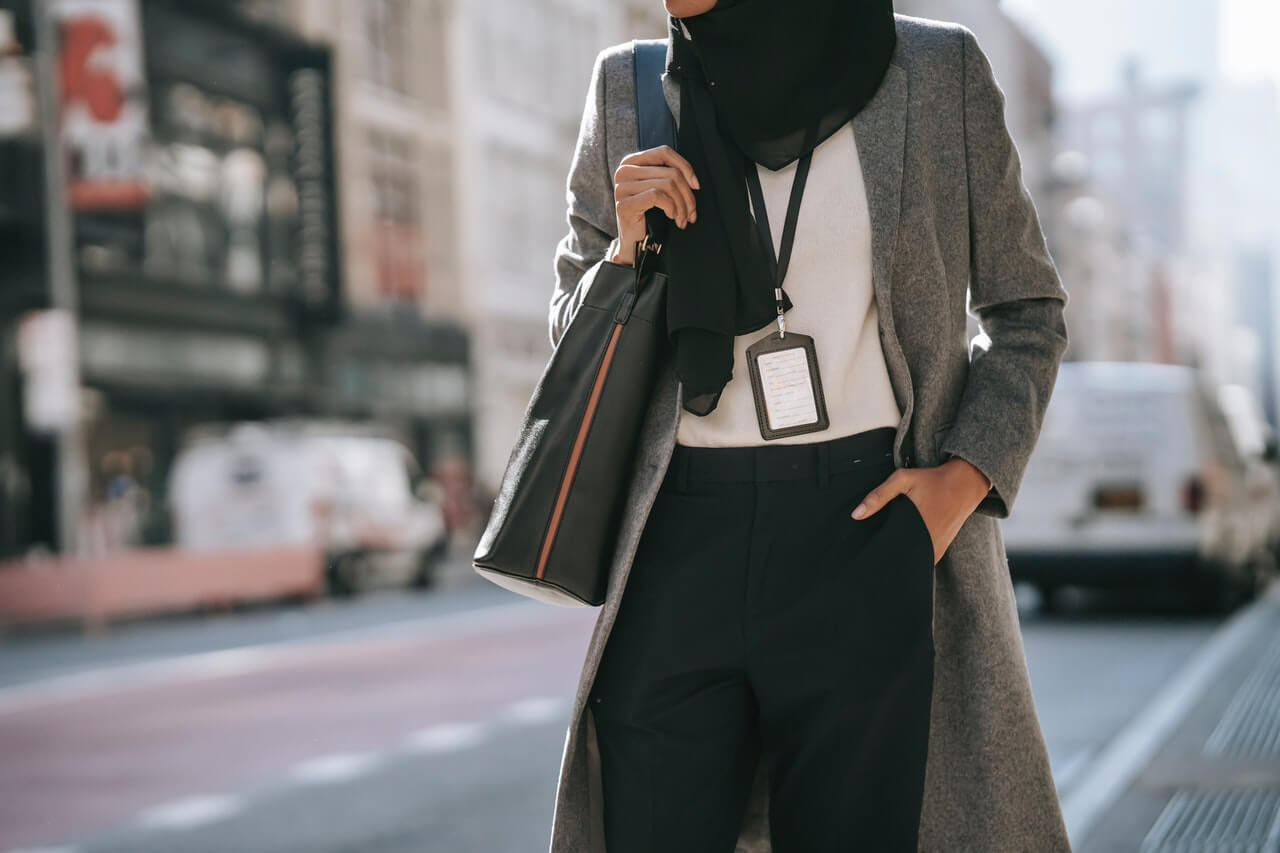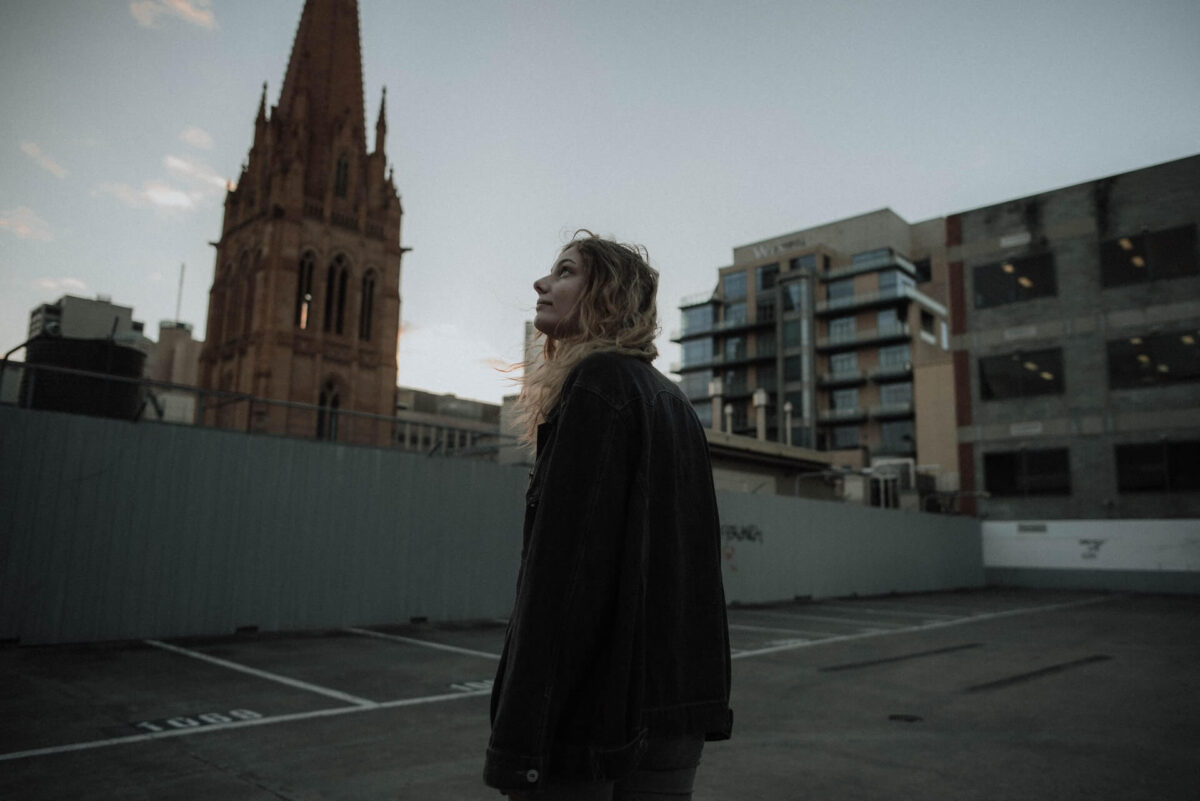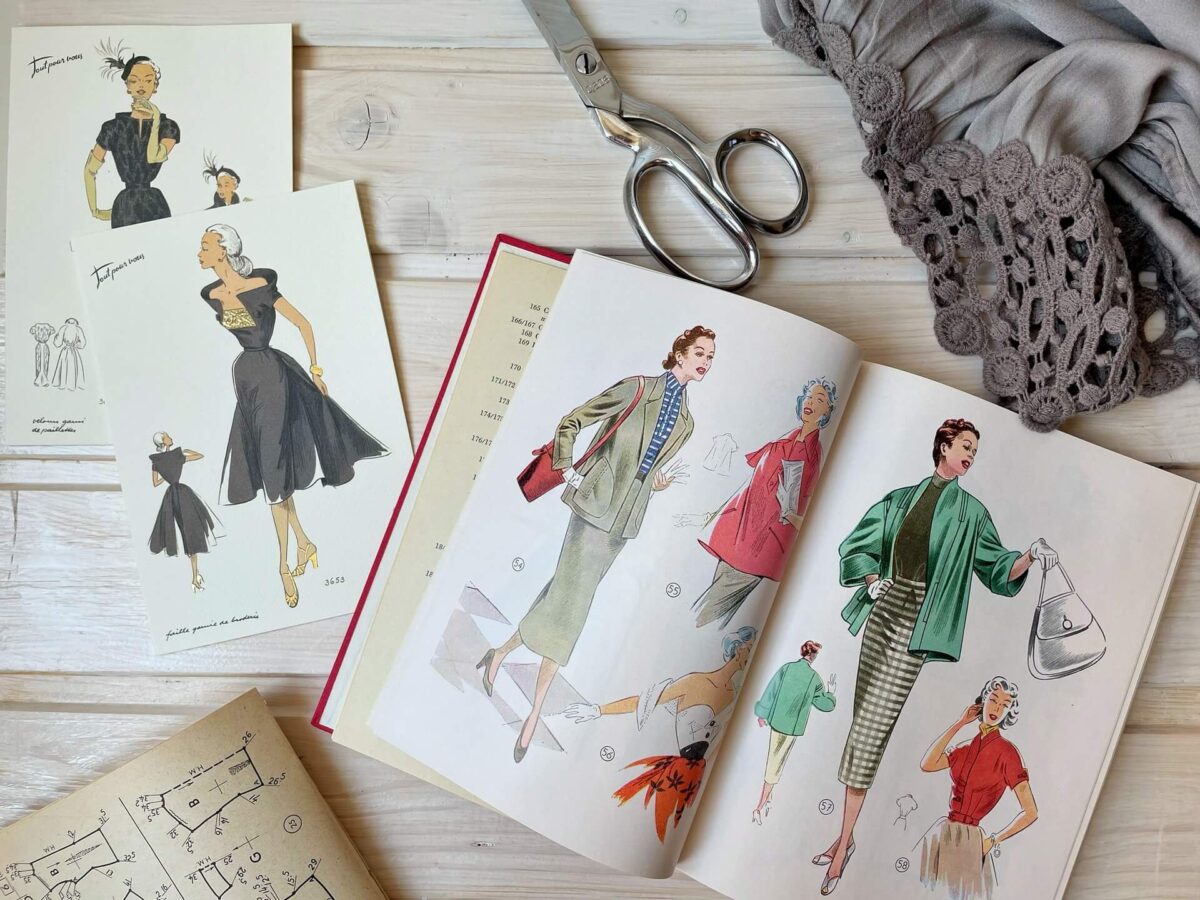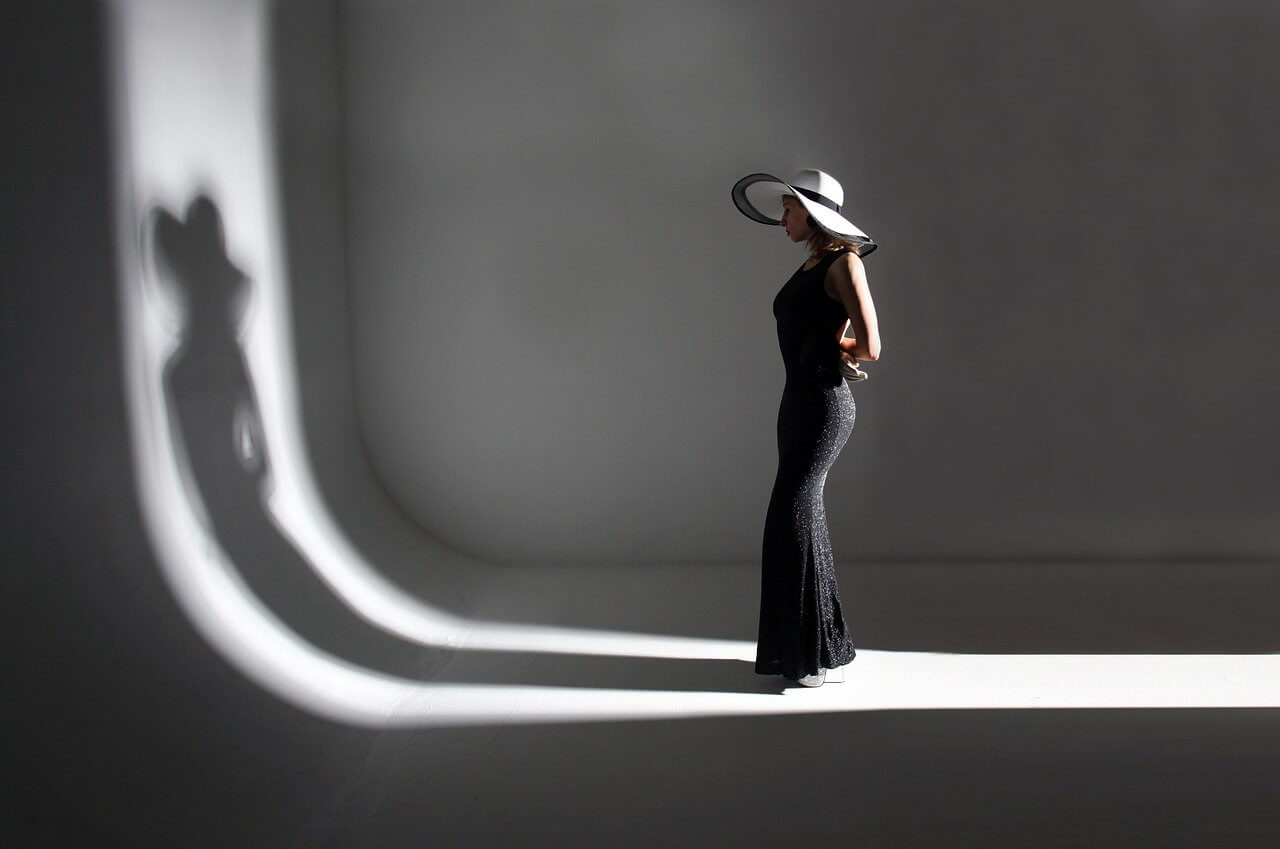
Flaps of different sizes and shapes can be interconnected - based on this, different types of patchwork are distinguished that are related to both clothing and needlework:
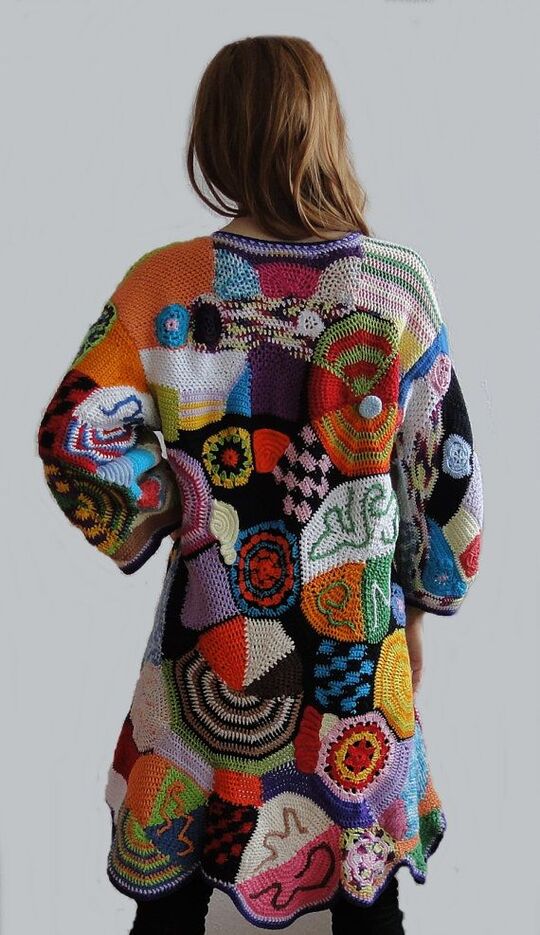
Thin stripes, squares, diamonds, triangles can be combined - everything that the designer's imagination is enough for. 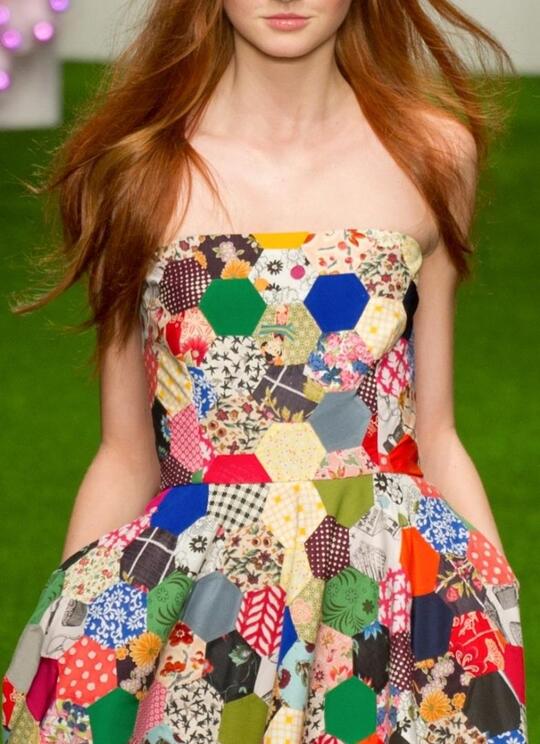 Another, broader term applied to patchwork sewing is quilting. Quilting is a voluminous patchwork sewing. Unlike the classic patchwork, where the clothes are based on pieces of different fabric sewn together, quilting involves the connection of three layers - external, internal - here usually some kind of filler is used, and lining. All three layers are tagged with a single line - from there and the name - quilted. To decorate such clothes, machine or hand embroidery, stripes, three-dimensional compositions can be used.
Another, broader term applied to patchwork sewing is quilting. Quilting is a voluminous patchwork sewing. Unlike the classic patchwork, where the clothes are based on pieces of different fabric sewn together, quilting involves the connection of three layers - external, internal - here usually some kind of filler is used, and lining. All three layers are tagged with a single line - from there and the name - quilted. To decorate such clothes, machine or hand embroidery, stripes, three-dimensional compositions can be used. 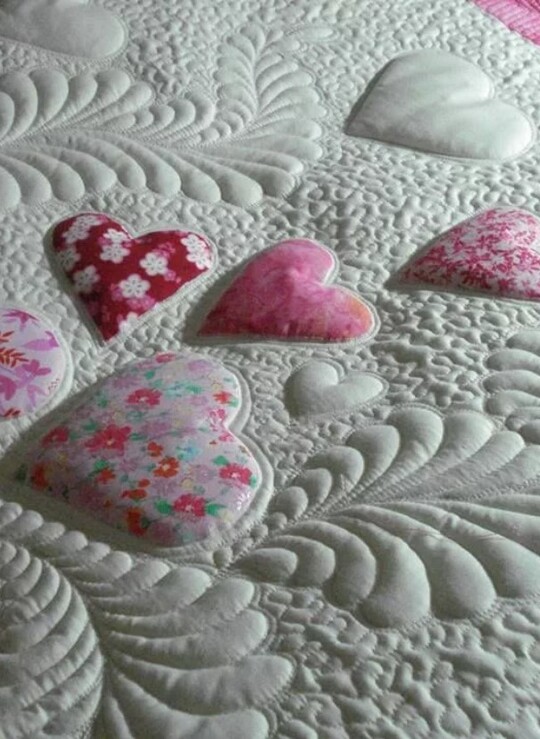 Quilting allows you to give patchwork clothes the volume and texture that patchwork lacks, where flat fabric pieces are simply sewn together.
Quilting allows you to give patchwork clothes the volume and texture that patchwork lacks, where flat fabric pieces are simply sewn together.
The voluminous technique of patchwork sewing on the world catwalks is not often used because of the extravagance of the resulting outfits, but sometimes designers still decide. In the 2015-2016 season, for example, the fashion house Chanel released a series of things in the quilting technique, which included jackets, skirts and bags. 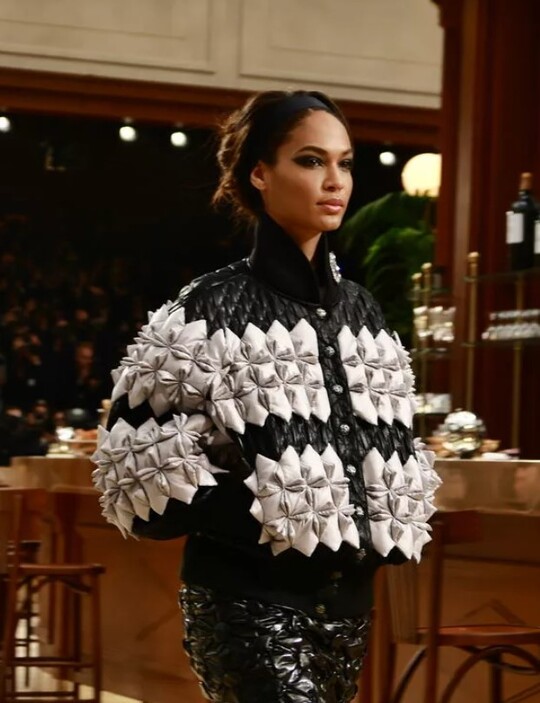
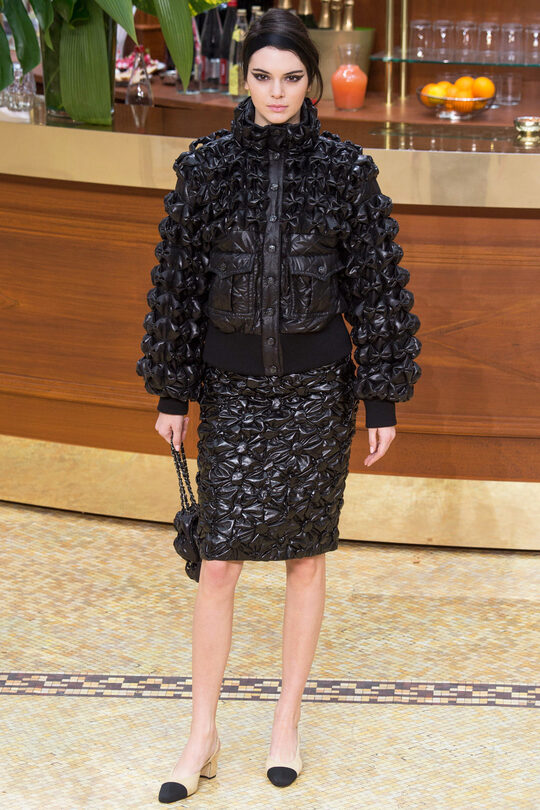
The direction is attributed to Yves-Saint Laurent, who in the then 60's released his famous collection of dresses based on the paintings of the artist Peter Modrian. It is difficult to say how justified this reference is, because the technique that he used for dresses is more suitable for colorblock than for patchwork. 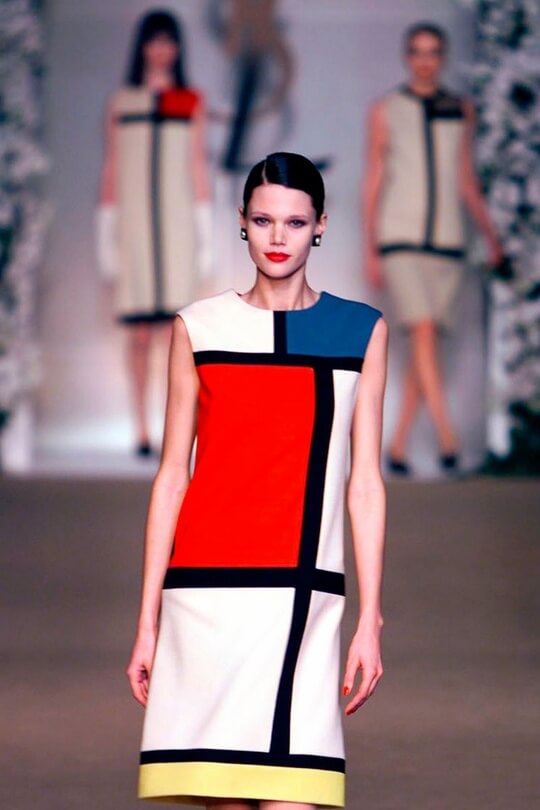 We adhere to the version that patchwork sewing, both in household items and in clothes, is a much earlier technique that originated long before the ascent to the fashion pedestal of the French fashion designer.
We adhere to the version that patchwork sewing, both in household items and in clothes, is a much earlier technique that originated long before the ascent to the fashion pedestal of the French fashion designer.
Recall, for example, the artist William Henry Midwood - he depicted the process of creating a patchwork quilt - this was in the second half of the 19th century, which means that the appearance of patchwork technology dates back to even earlier times. 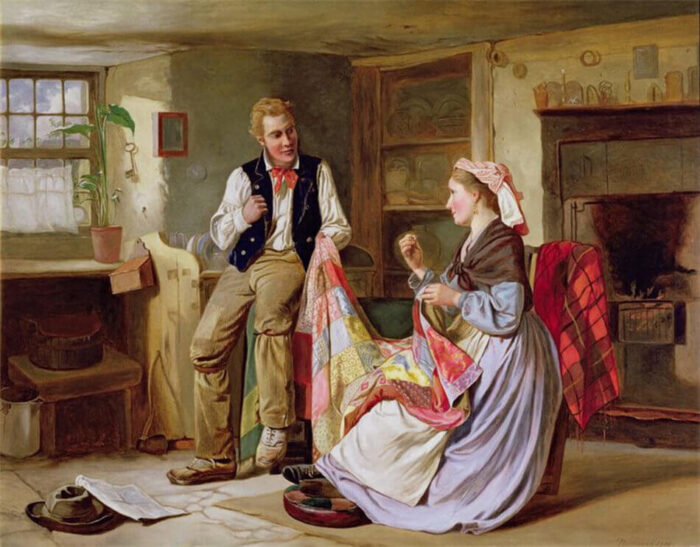 As for clothing - the first obvious engine of this style to the masses was the hippie subculture - they often used patchwork outfits - tunics, T-shirts, dresses, reflecting their craving for conscious consumption.
As for clothing - the first obvious engine of this style to the masses was the hippie subculture - they often used patchwork outfits - tunics, T-shirts, dresses, reflecting their craving for conscious consumption. 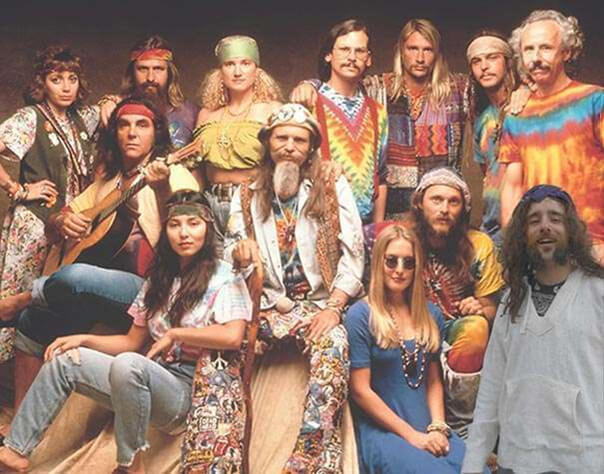 In modern fashion, patchwork began to constantly appear about 2-3 years ago - small brands and local designers began to produce peculiar outfits, which were soon picked up by world fashion houses and companies. Tom Ford, Missoni, Chloe, Givenchy, Sportmax - all of them have already managed to please the public with their patchwork collections or individual things in this style.
In modern fashion, patchwork began to constantly appear about 2-3 years ago - small brands and local designers began to produce peculiar outfits, which were soon picked up by world fashion houses and companies. Tom Ford, Missoni, Chloe, Givenchy, Sportmax - all of them have already managed to please the public with their patchwork collections or individual things in this style. 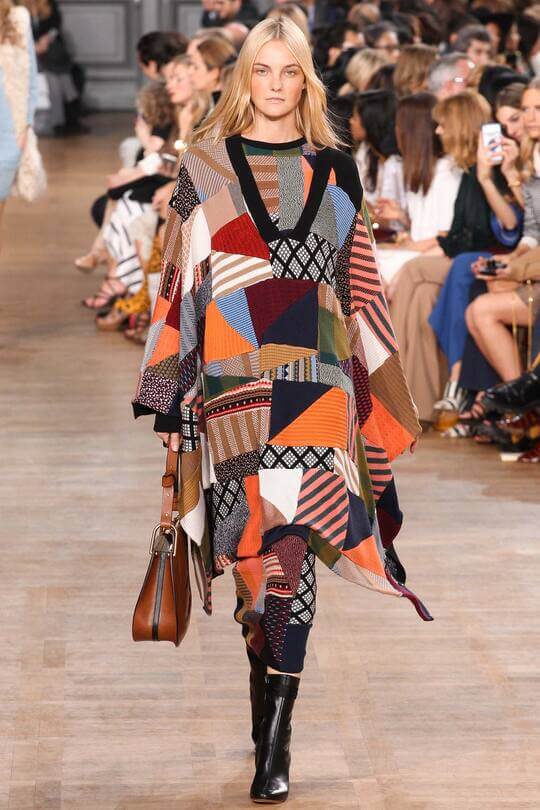 The more popular the patchwork, the more controversy arises regarding its applicability as a separate style. Someone is sure that patchwork is an independent style. Someone insists that this is only a tool to revive other stylistic directions. Both sides are right in their own way – on the one hand, patchwork has pronounced features and characteristics, which makes it independent. On the other hand, it integrates perfectly into different stylistic directions.
The more popular the patchwork, the more controversy arises regarding its applicability as a separate style. Someone is sure that patchwork is an independent style. Someone insists that this is only a tool to revive other stylistic directions. Both sides are right in their own way – on the one hand, patchwork has pronounced features and characteristics, which makes it independent. On the other hand, it integrates perfectly into different stylistic directions. 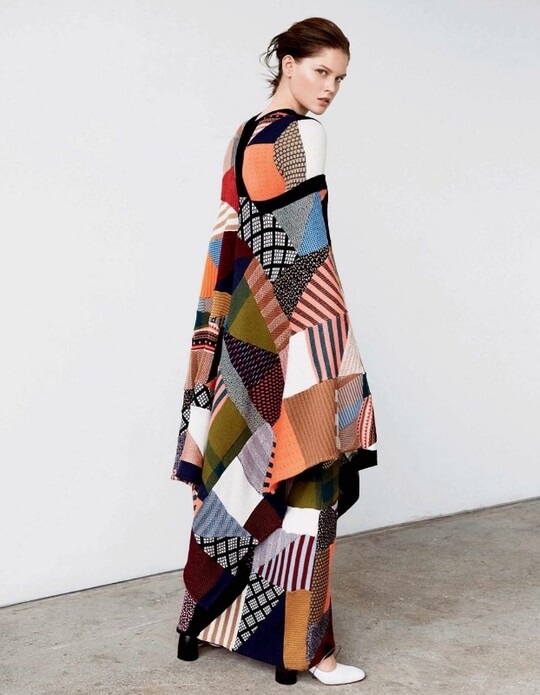 We adhere to the version that patchwork is more of a tool than a style, but of course, we do not pretend to be unconditional.
We adhere to the version that patchwork is more of a tool than a style, but of course, we do not pretend to be unconditional.
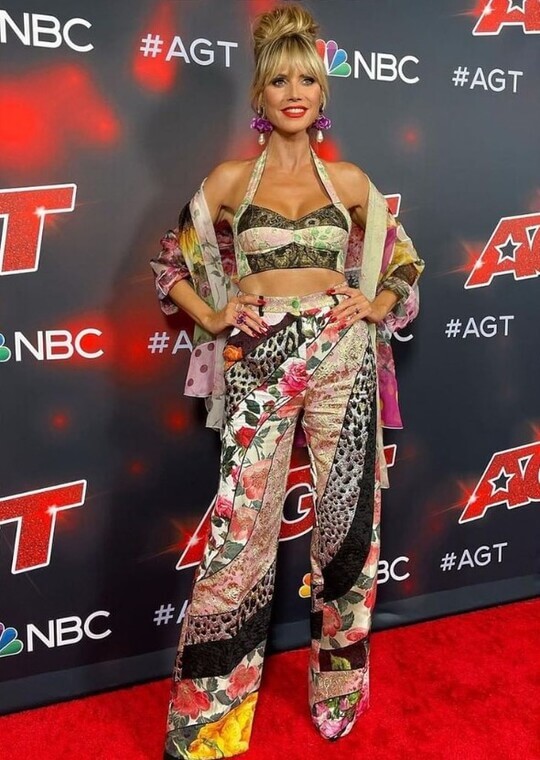
@heidiklum
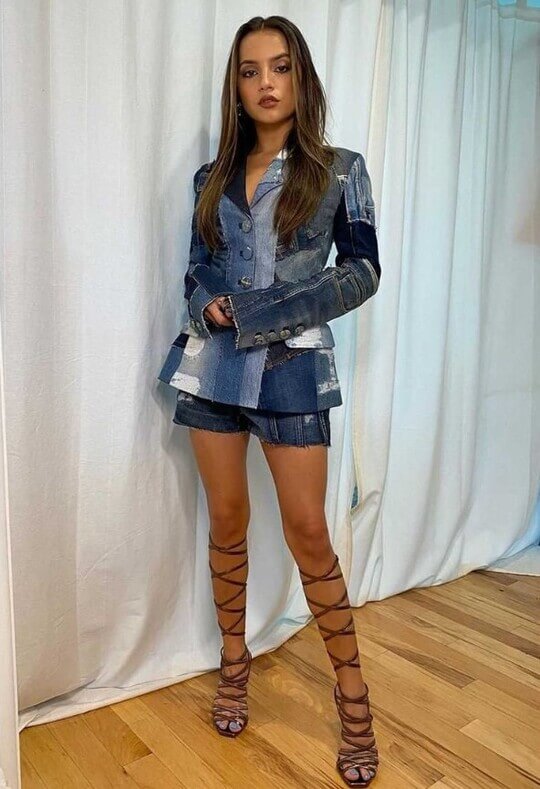
@isabelamerced
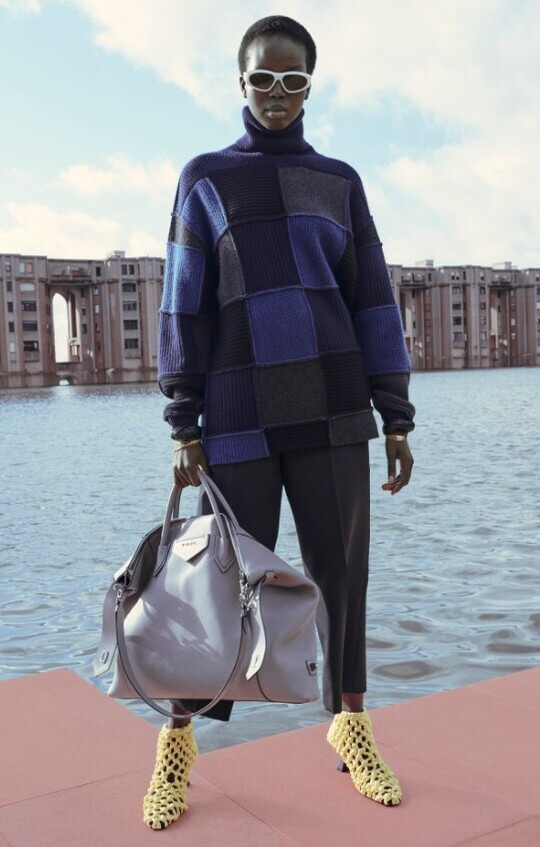
We have already decided that patchwork is more of a tool for the brightness of images. Let's see in what styles to apply it. The most suitable "base" for patchwork is the ethnic style, as well as boho and hippie. In outfits, patchwork will look appropriate without discrediting the principles of directions. 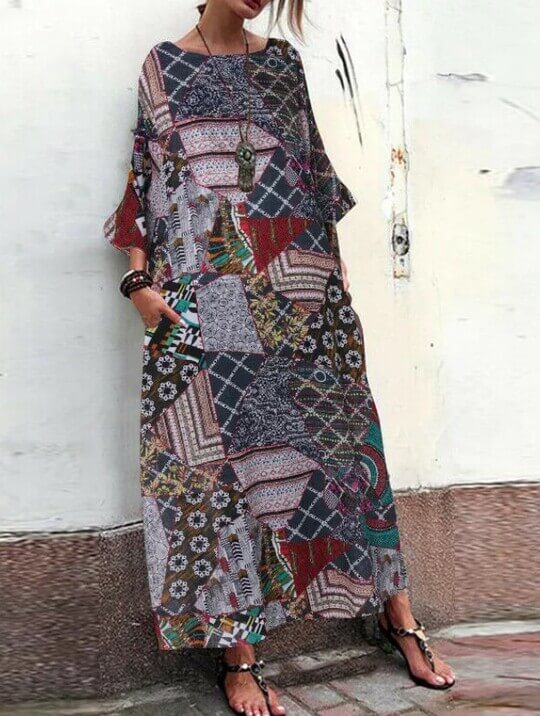
 Another option for adapting patchwork is casual. Everyday style perfectly withstands experiments and due to the predominance of basic things in the wardrobe and when adding patchwork elements does not look overloaded.
Another option for adapting patchwork is casual. Everyday style perfectly withstands experiments and due to the predominance of basic things in the wardrobe and when adding patchwork elements does not look overloaded. 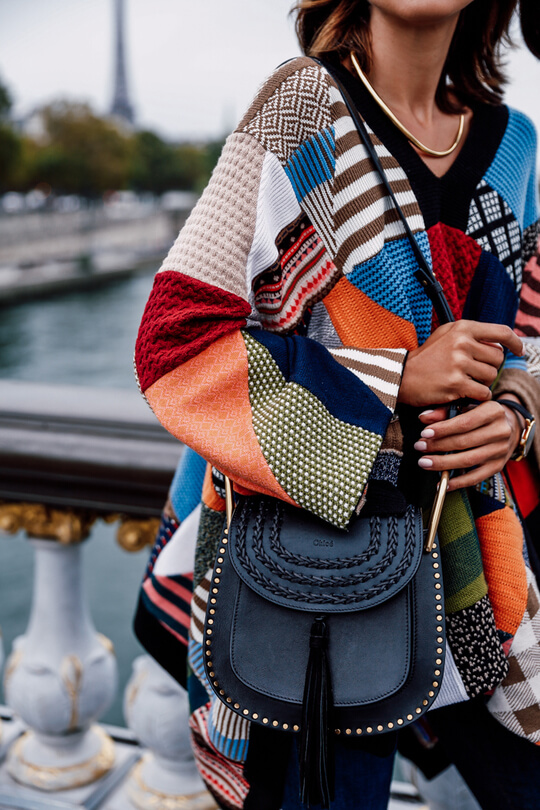
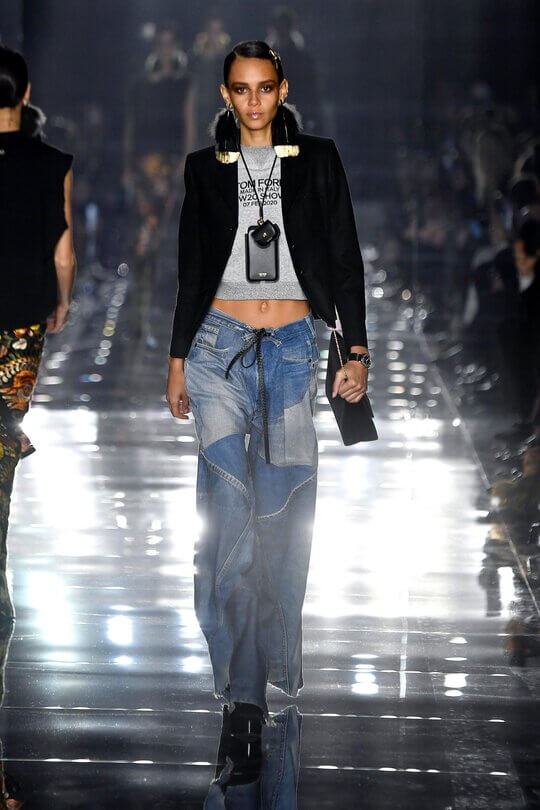 There is a place for patchwork in other styles - sports, colorblock, street, diffuse, military, safari and even in business. The main thing is to choose clothes in accordance with the principles of these directions, only sewn from flaps.
There is a place for patchwork in other styles - sports, colorblock, street, diffuse, military, safari and even in business. The main thing is to choose clothes in accordance with the principles of these directions, only sewn from flaps. 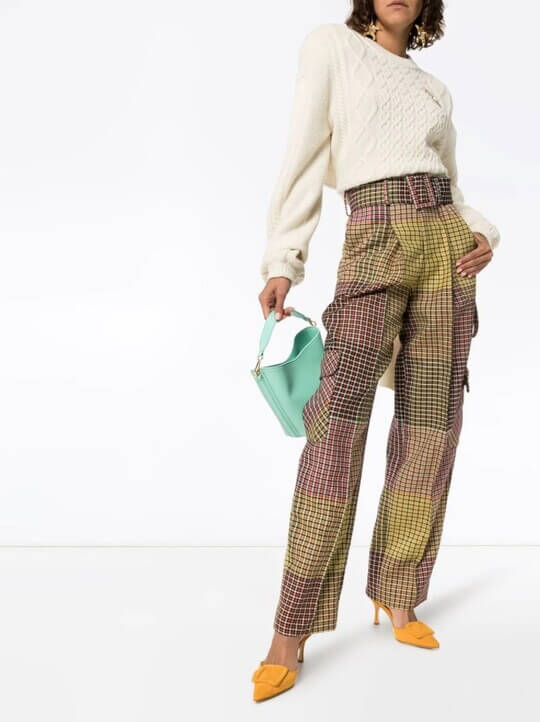
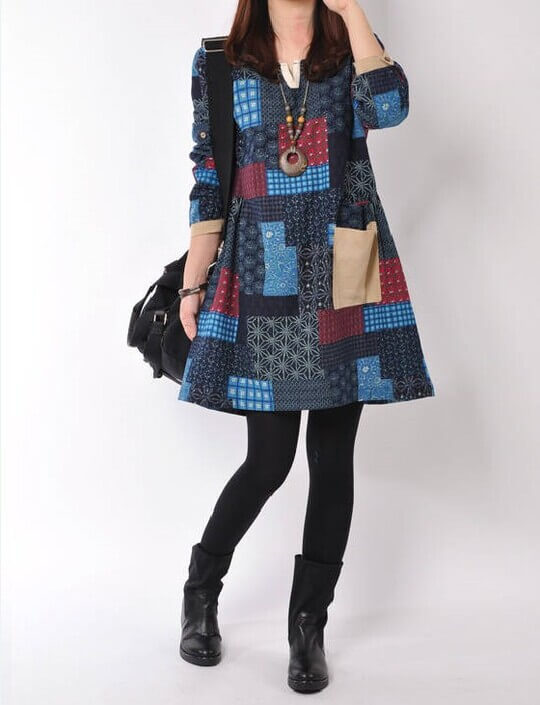
Basic things of the patchwork style for women are difficult to determine, first of all, because you need to understand in which wardrobe patchwork clothes will be integrated. For business, you need to choose straight trousers or a jacket, and for casual - jeans or a sweater.
But we can not leave you without a list of things, so we will discuss how and in what things patchwork is used and look for clothes to integrate into the wardrobe of different styles.
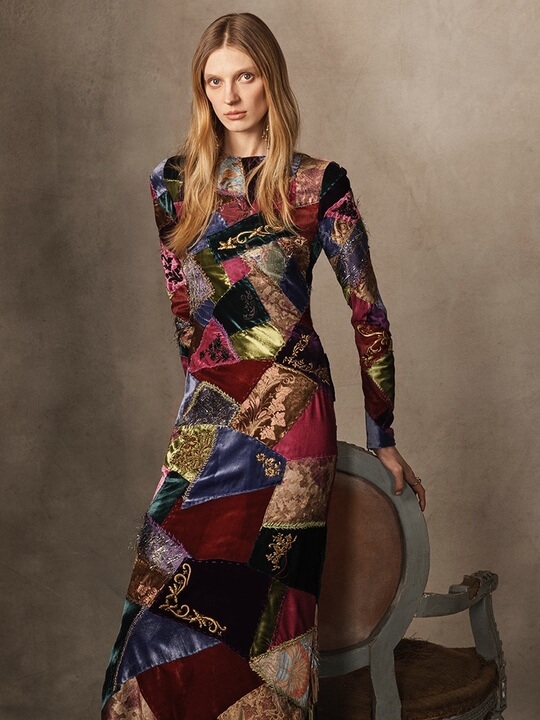
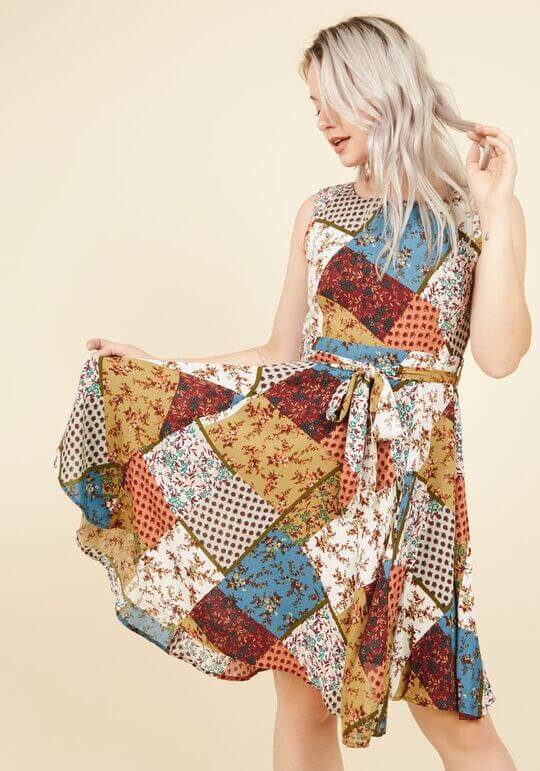
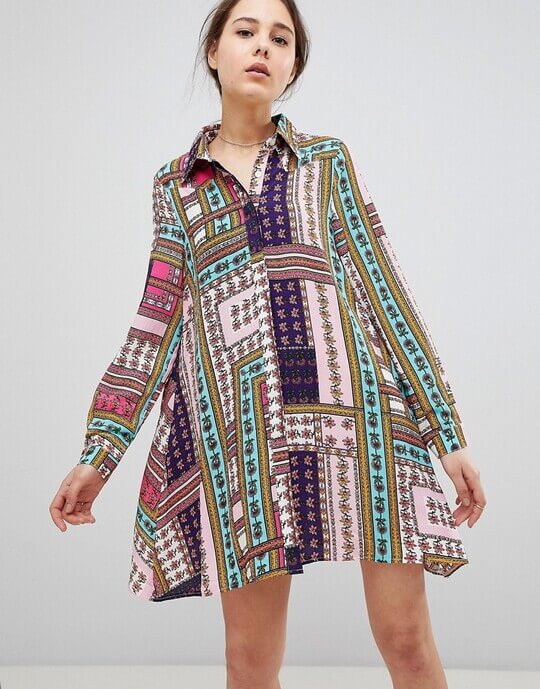
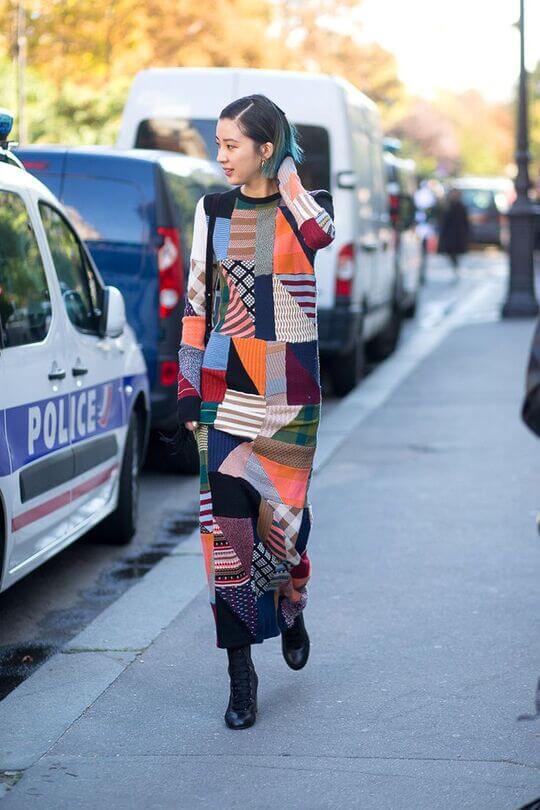
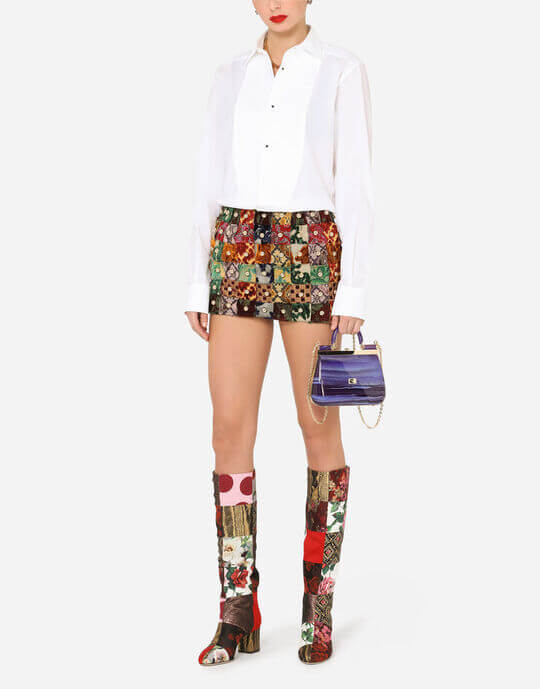
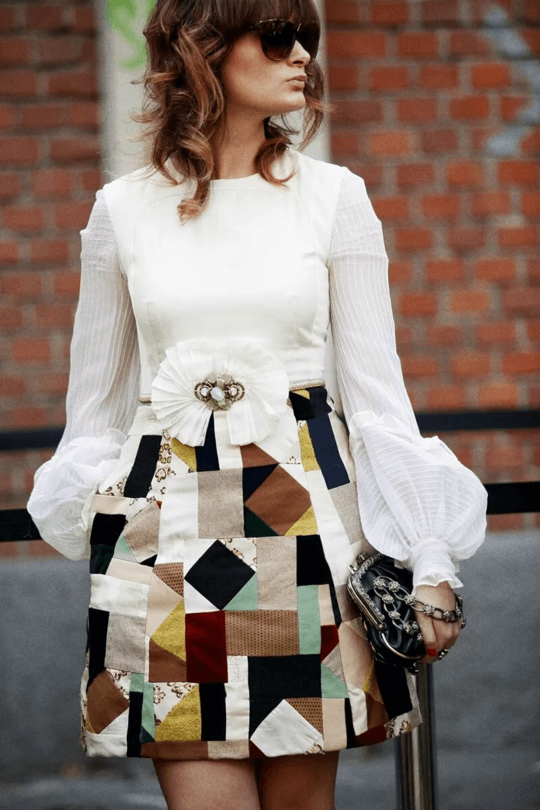
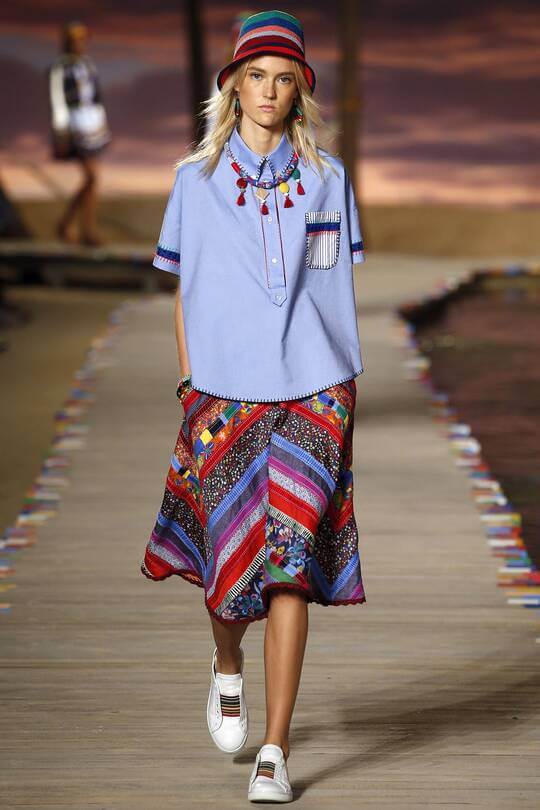
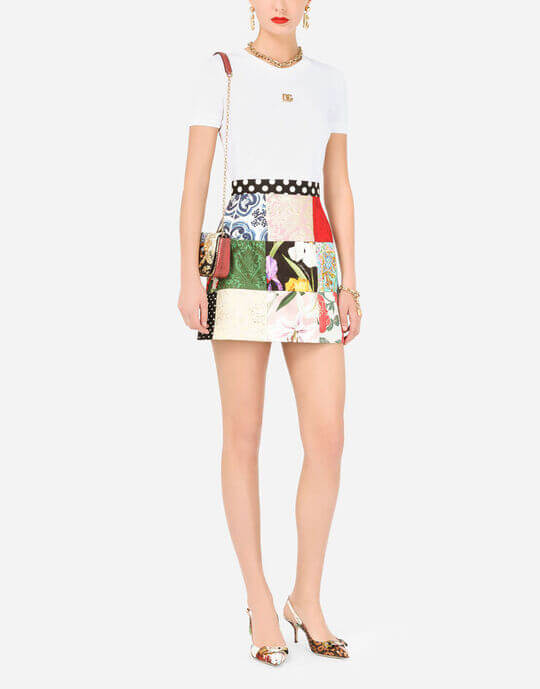
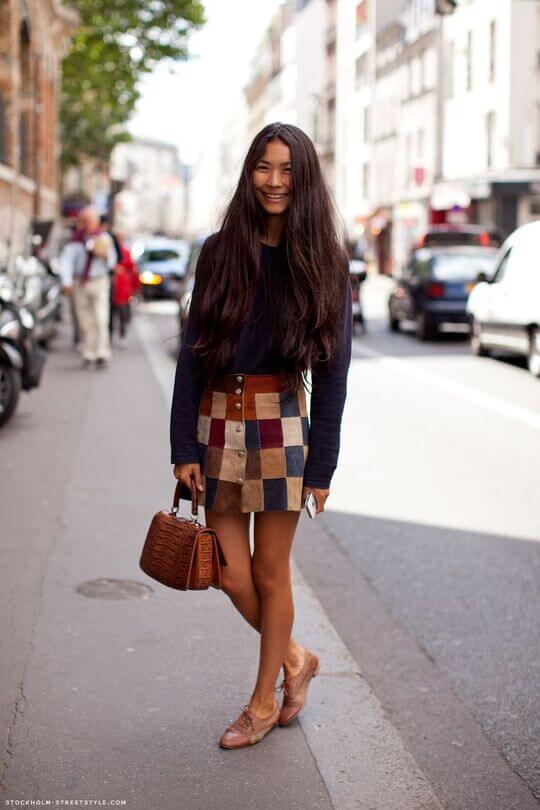
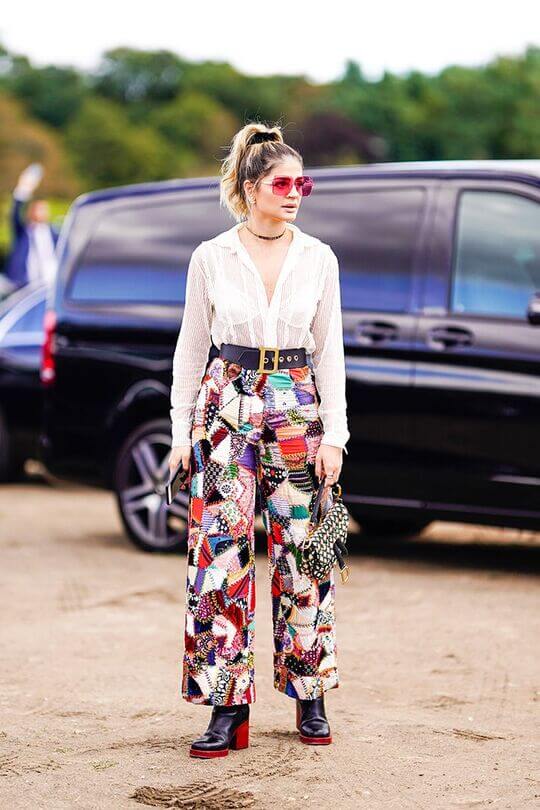
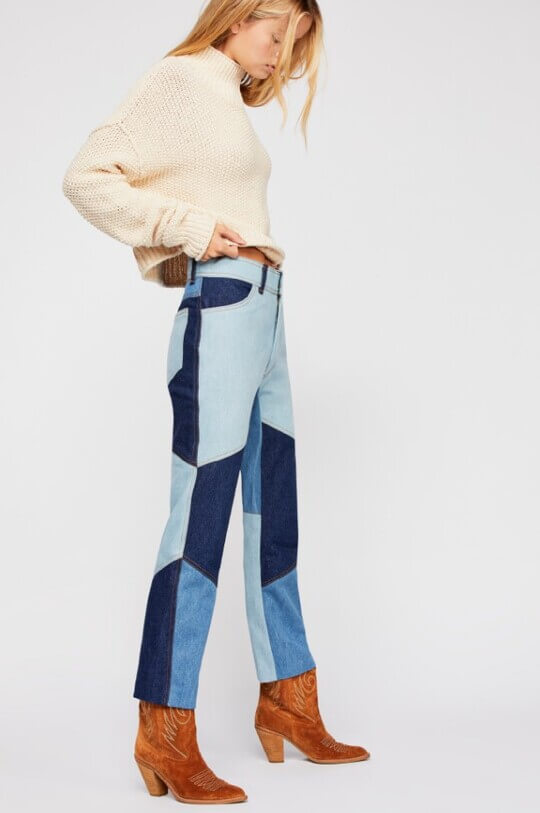
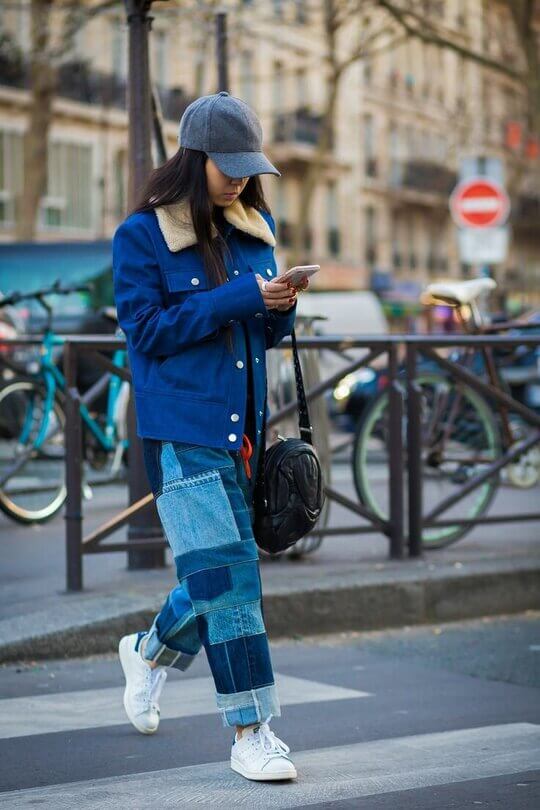
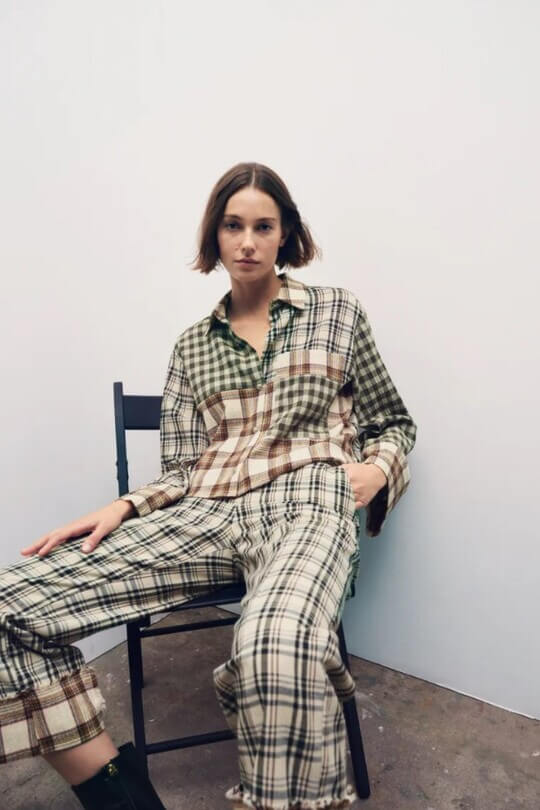
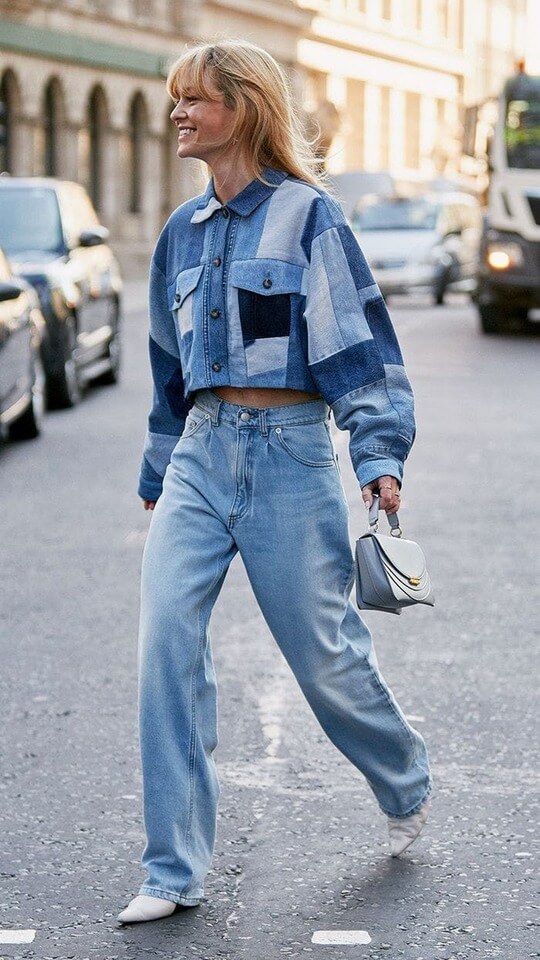
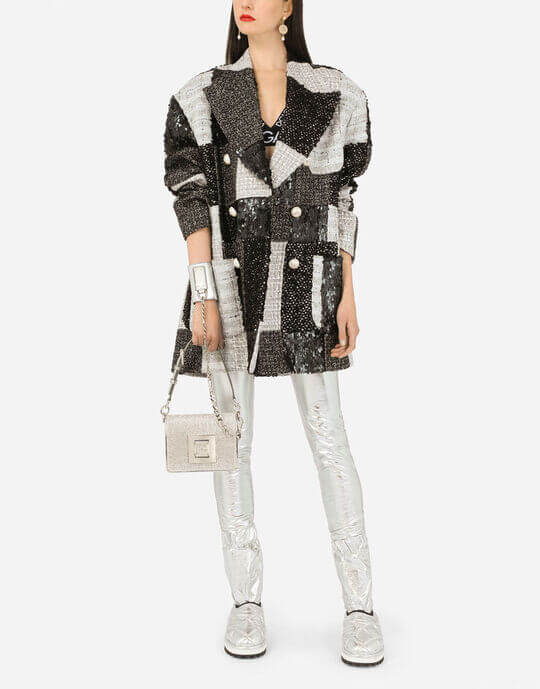
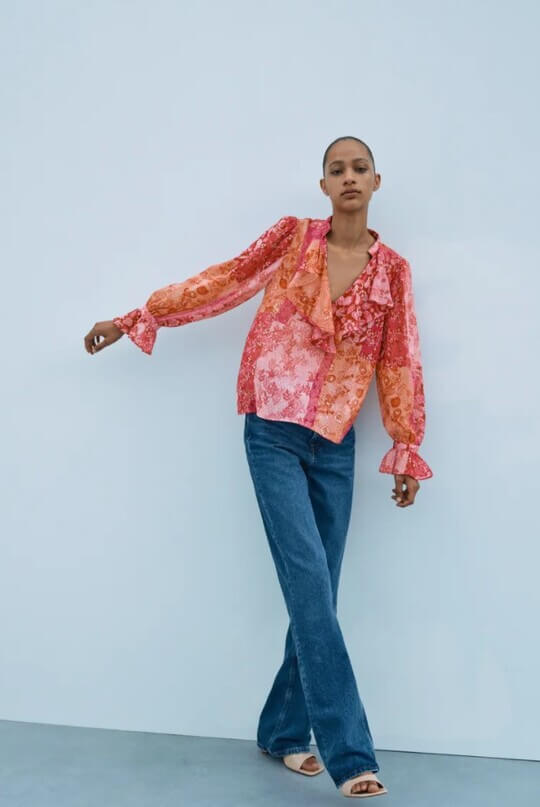
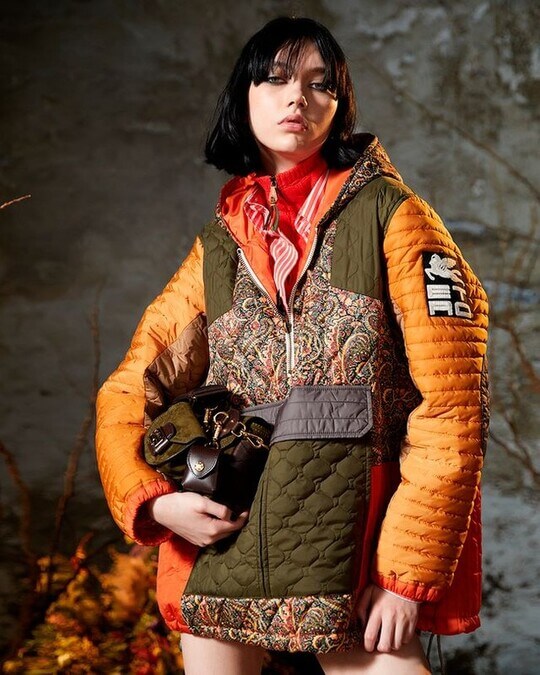
@etro
 Separately, a few words about shoes and accessories - boots, sneakers and bags can also be patchwork. Use them with caution in combination with other patchwork things, otherwise you will get the effect of a traffic light. Shoes or a stylish bag should be added to calm outfits for an accent.
Separately, a few words about shoes and accessories - boots, sneakers and bags can also be patchwork. Use them with caution in combination with other patchwork things, otherwise you will get the effect of a traffic light. Shoes or a stylish bag should be added to calm outfits for an accent. 
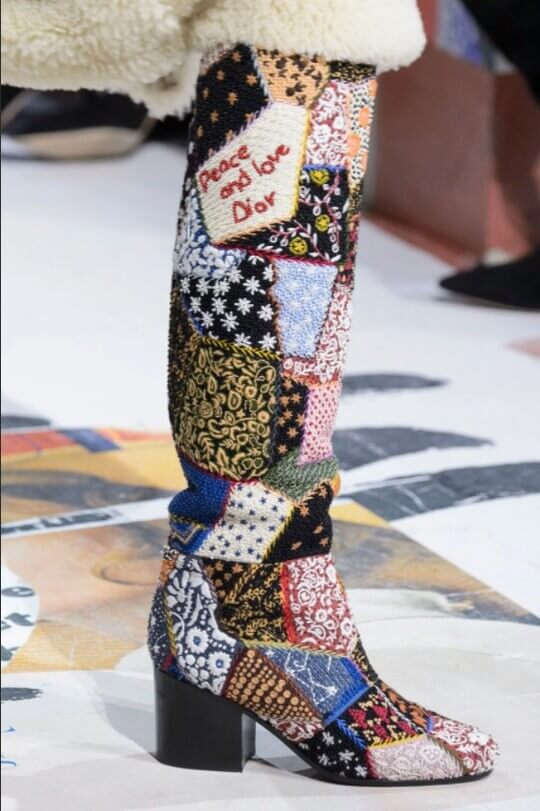
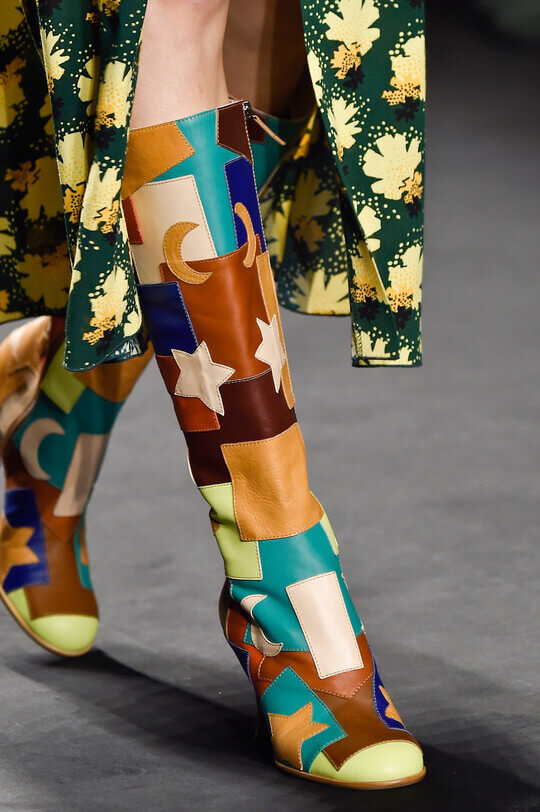
Of course, no designer chooses patchwork as the main style of clothing, so you will have to pick up outfits bit by bit from different brands and fashion houses. A large selection of clothes and accessories in the style of patchwork offers the Italian fashion house Dolce & Gabbana.
Coats, jackets, skirts and jeans, as well as shoes and even masks - all this has found a place in the latest collection, but whether this trend will continue further, it is still difficult to say.
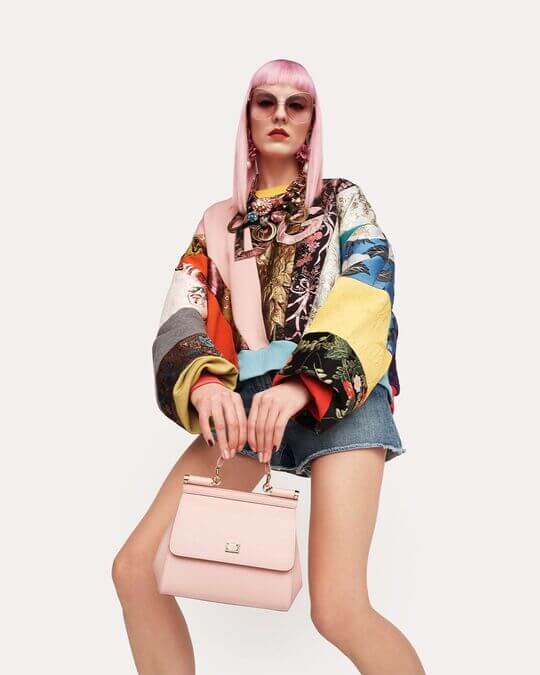
@dolcegabbana
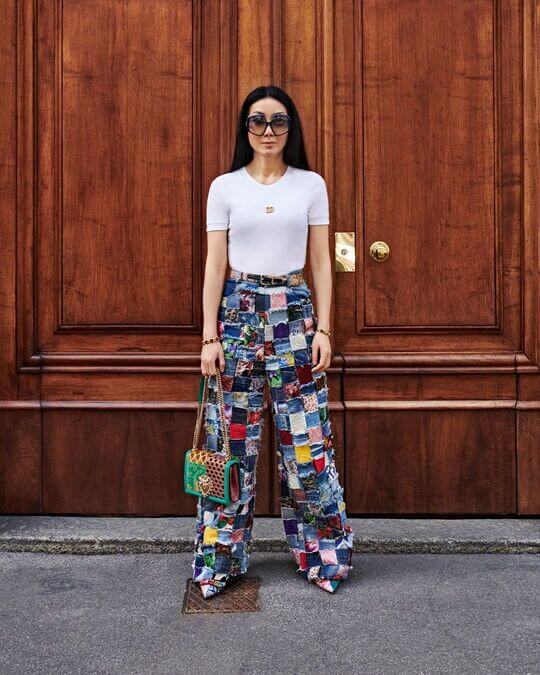
@dolcegabbana
More folkloric outfits make sense to look for the brand Etro – there you can find a beautiful dress and skirt for boho, hippie or ethno.
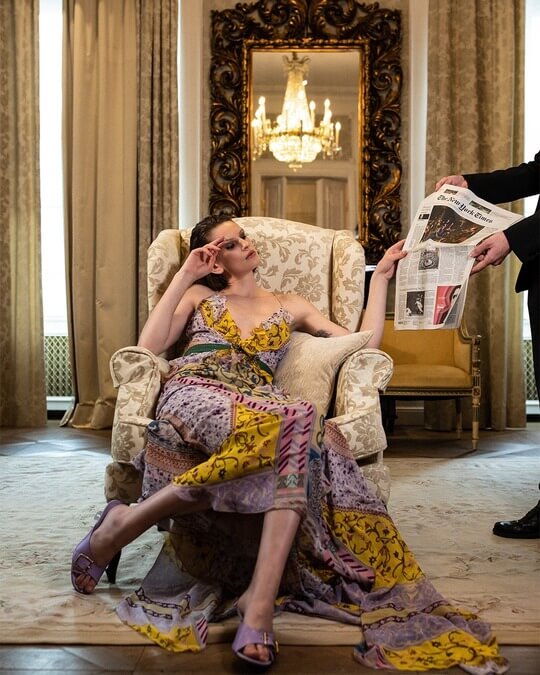
@etro
Zara has budget patchwork models.
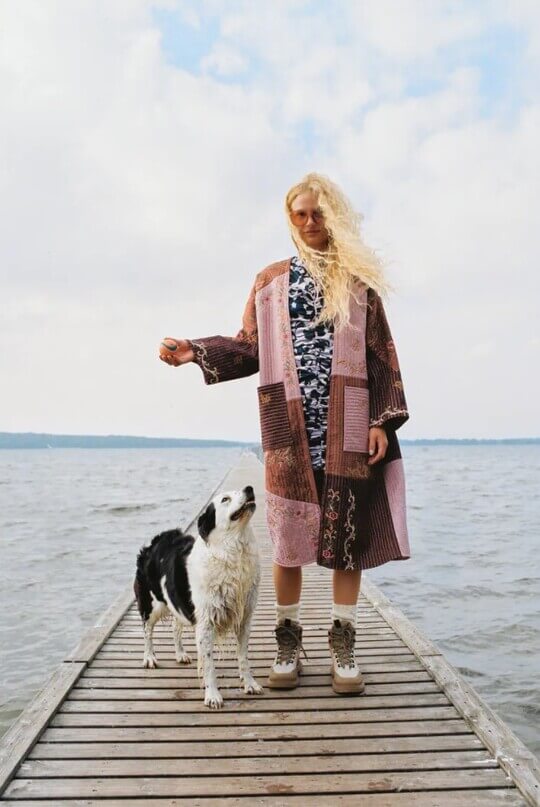
@zara
And, of course, take a look at the already mentioned Sportmax, Givenchy and Tom Ford.

@sportmax


